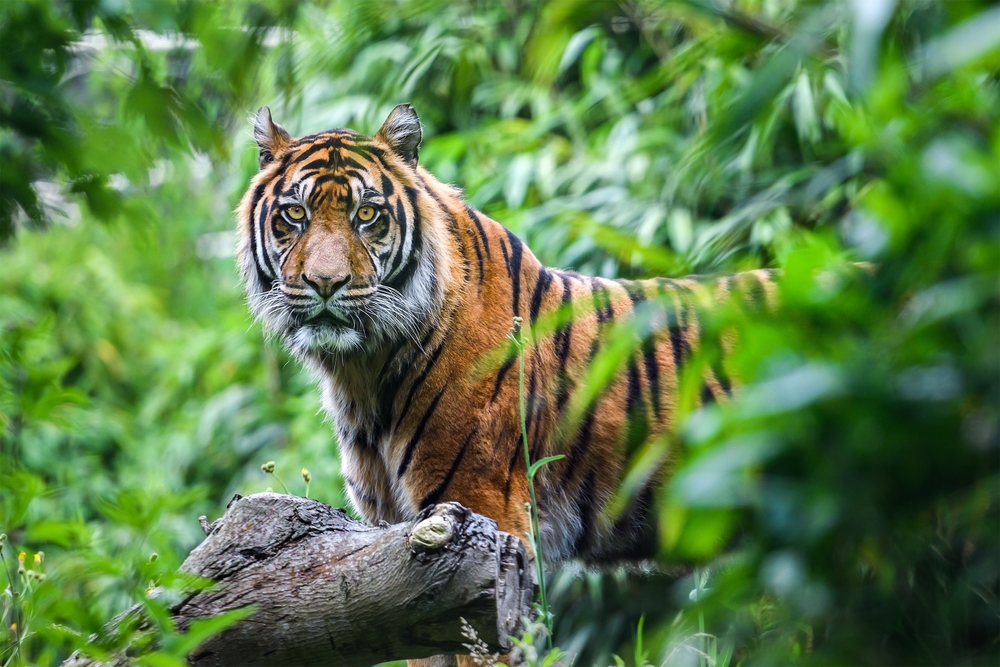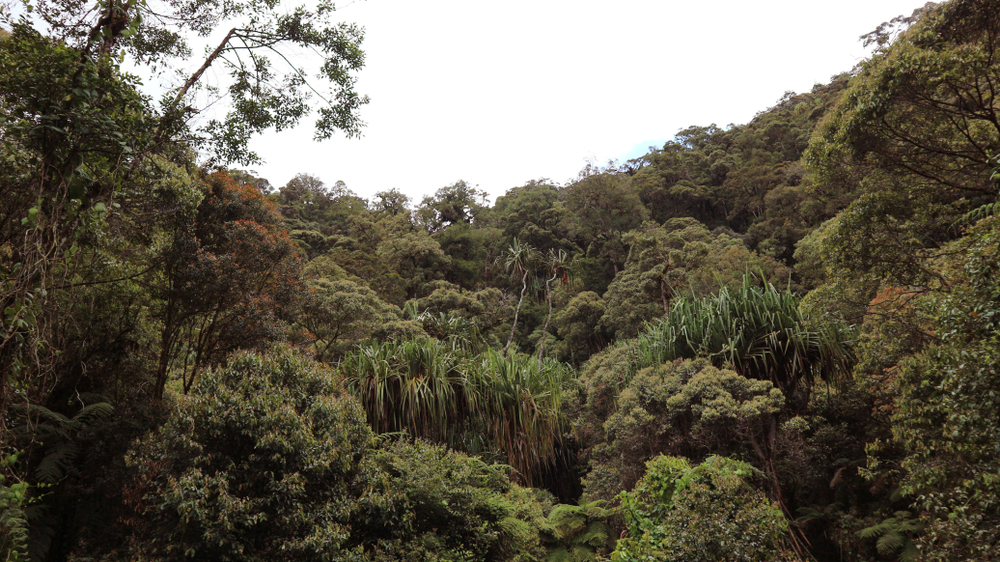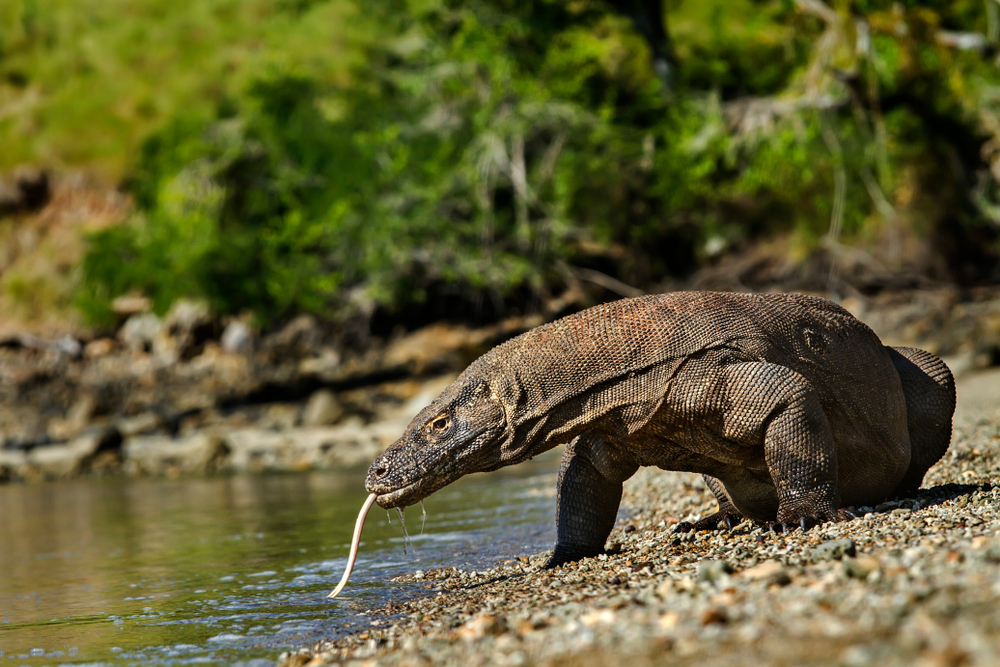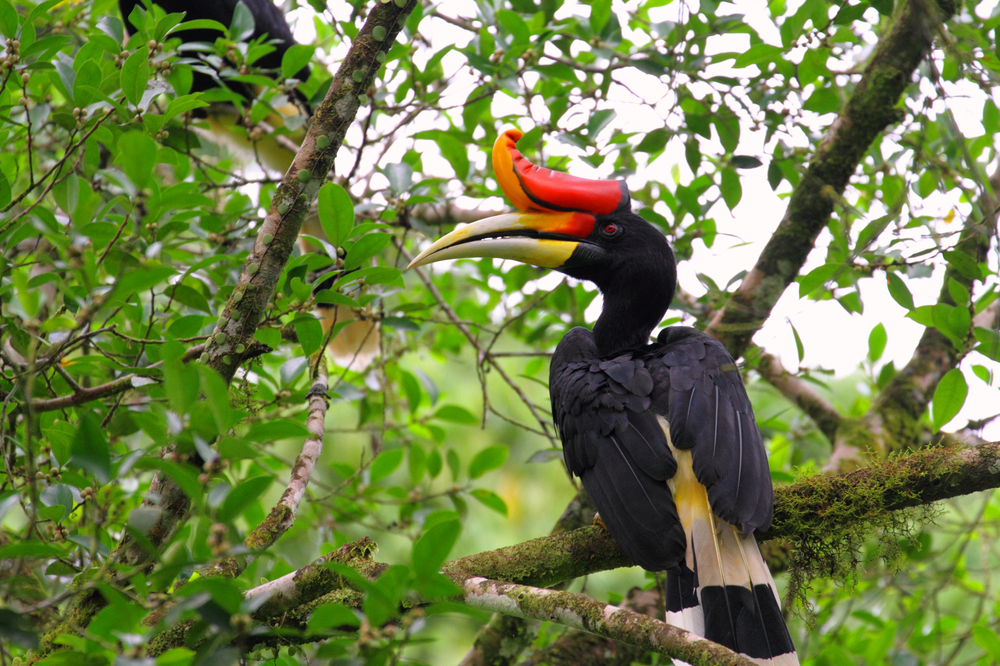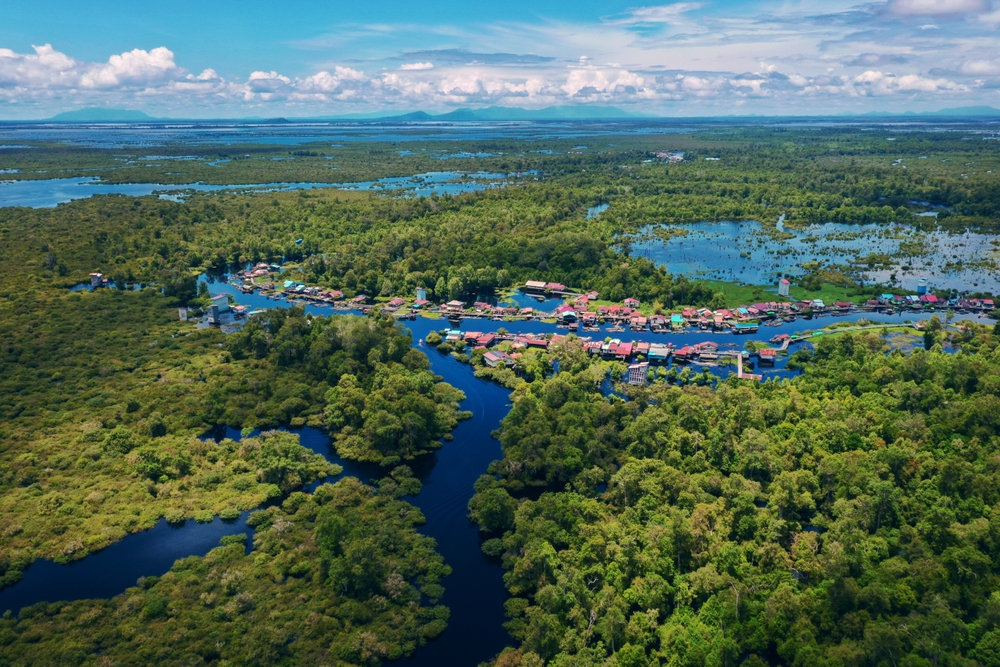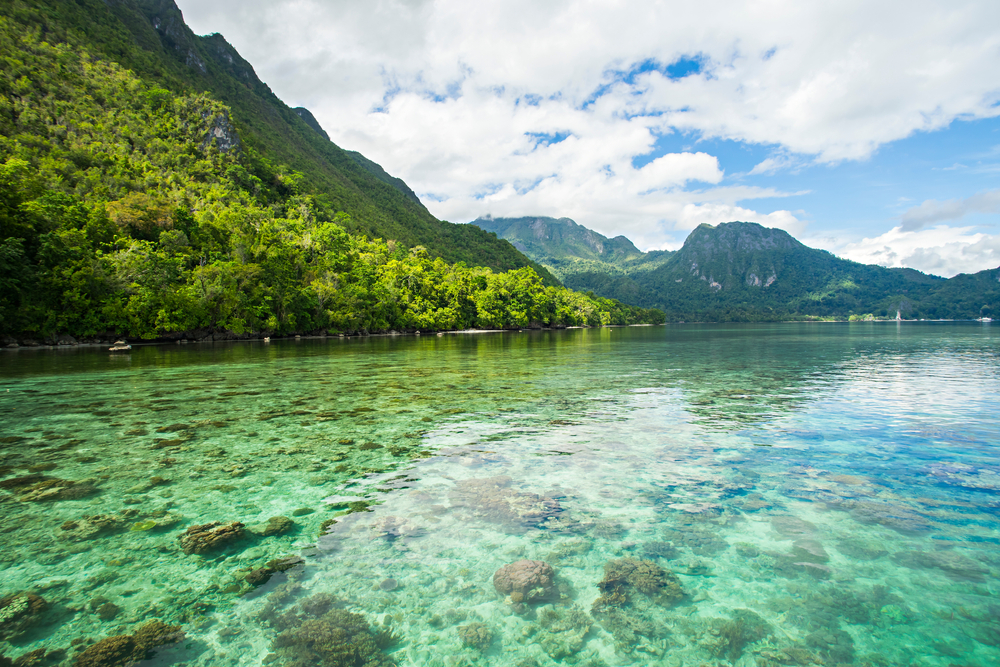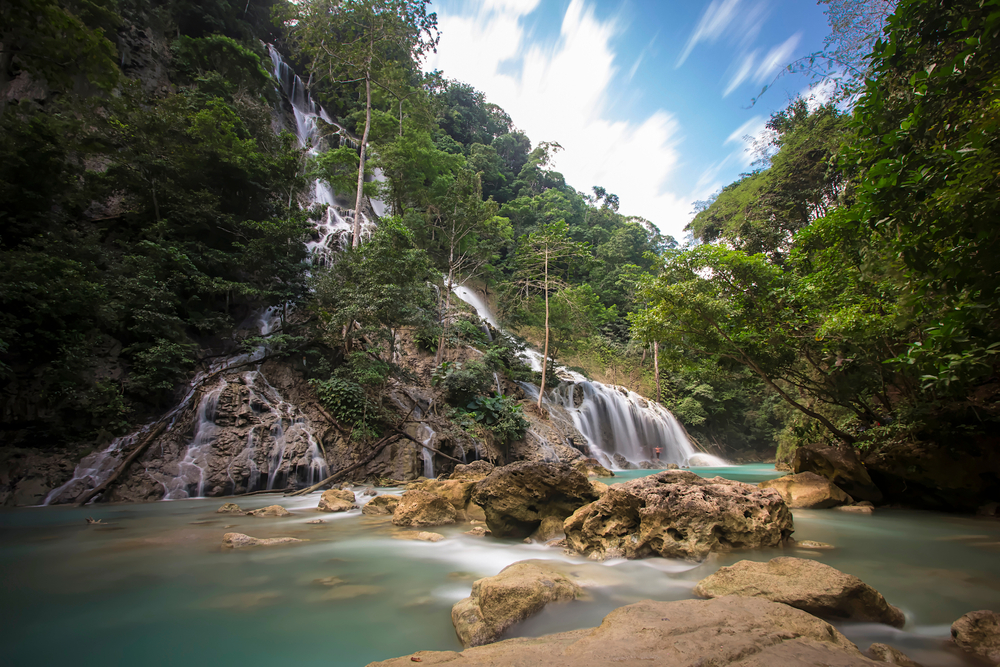Bukit Tigapuluh Overview
Bukit Tigapuluh National Park, also known as “Thirty Hills National Park,” is a remarkable expanse of tropical rainforest located in Sumatra, Indonesia. Spanning an area of approximately 1,321 square miles (3,420 square kilometers), the park lies within the provinces of Jambi and Riau.
This park serves as a vital refuge for some of the most endangered species on the planet and showcases an extraordinary diversity of landscapes and ecosystems. The terrain of Bukit Tigapuluh is characterized by rolling hills, dense lowland rainforests, and an intricate network of rivers and streams that wind through the landscape. These lush rainforests are adorned with towering dipterocarp trees, including meranti and keruing species, which dominate the canopy.
The park also features patches of peat swamp forest and secondary growth areas, creating a mosaic of habitats that sustain its rich biodiversity. The iconic Thirty Hills, from which the park derives its name, add a dramatic touch to the scenery, their peaks rising above the verdant forest like emerald sentinels.
Wildlife enthusiasts visiting Bukit Tigapuluh National Park are rewarded with the opportunity to encounter a breathtaking array of fauna. The park is a critical stronghold for the critically endangered Sumatran tiger and Sumatran elephant, both of which rely on its forests for survival.
Other notable mammals include the Malayan tapir, sun bear, and agile gibbon, while primates like long-tailed macaques and siamang can often be spotted swinging through the trees. Birdlife in the park is equally captivating, with over 250 recorded species, including the rhinoceros hornbill, crested serpent eagle, and various vibrant kingfishers.
Bukit Tigapuluh is particularly renowned for its conservation initiatives, especially its efforts to rehabilitate and reintroduce Sumatran orangutans into the wild. This reintroduction program has been lauded as a major success, providing a sanctuary for these great apes and contributing to the preservation of their species.
The park is also home to indigenous communities, such as the Orang Rimba, who have lived harmoniously with the forest for generations and play an essential role in its stewardship.
Visitors to Bukit Tigapuluh can engage with its wonders in several ways. Guided treks through the forest offer the chance to explore its dense vegetation and discover its hidden wildlife. The park’s rivers invite adventurous visitors to experience canoeing or tubing while enjoying the tranquil surroundings. Cultural experiences with the Orang Rimba provide a unique opportunity to learn about their traditional ways of life and their deep connection to the forest.
Despite its many successes, Bukit Tigapuluh faces conservation challenges, including illegal logging, deforestation for palm oil plantations, and human-wildlife conflict. However, collaborative efforts between government agencies, NGOs, and local communities have made significant strides in addressing these issues. Conservation programs focusing on habitat restoration, wildlife monitoring, and community engagement have bolstered the park’s resilience and ensured its continued protection.








































































